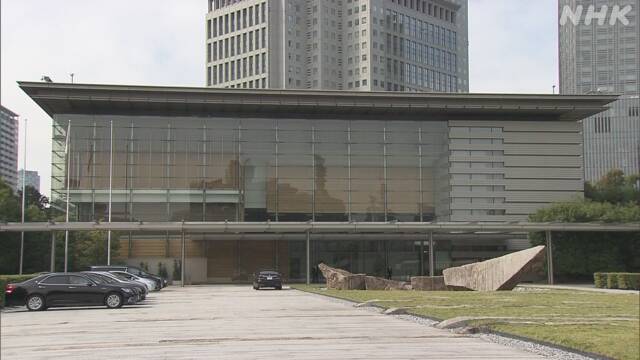It has been seven days since the government first declared a state of emergency for the new coronavirus countermeasures.
In order to avoid future declarations, the government wants to smoothly implement vaccination and flexibly utilize "priority measures such as spread prevention" to control infection.
On April 7, last year, the government issued a state of emergency for the first time in seven prefectures, Tokyo, Kanagawa, Saitama, Chiba, Osaka, Hyogo, and Fukuoka, over measures against the new coronavirus.
The declaration was lifted about a month and a half later, but due to the spread of infection at the end of the year, the declaration was issued again in 1 metropolitan area and 3 prefectures in January, and then expanded to 11 prefectures. , All have been lifted by last month.
The government wants to avoid three declarations in light of the impact on people's lives and the economy, and has five pillars, including smooth vaccination, prevention of food and drink infections, and strengthening of monitoring systems for mutated viruses. Our policy is to take thorough measures and make every effort to prevent the re-spread of the infection.
Under these circumstances, the government wants to prevent a large wave of infection by applying "priority measures such as spread prevention" to the three prefectures of Osaka, Hyogo, and Miyagi, and taking intensive measures focusing on the area.
Even in the Tokyo metropolitan area and Okinawa, where the infection situation is deteriorating, we would like to determine the future infection situation and flexibly utilize "priority measures" as necessary to control the infection.

